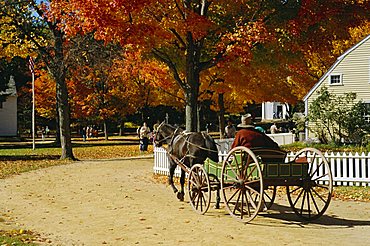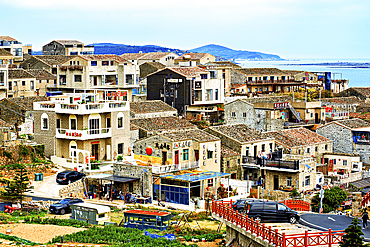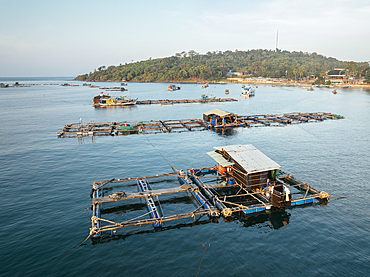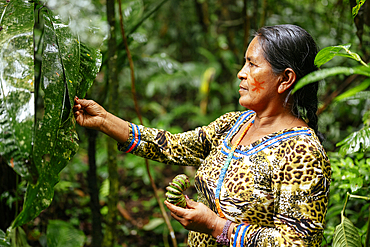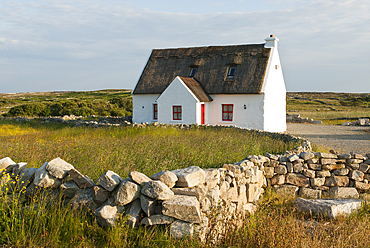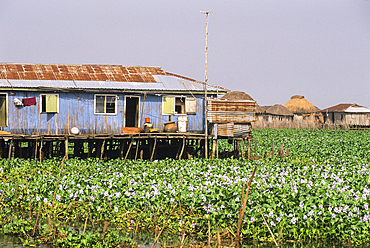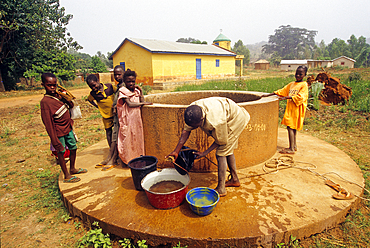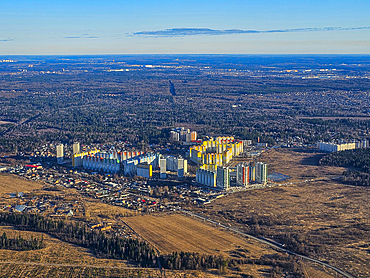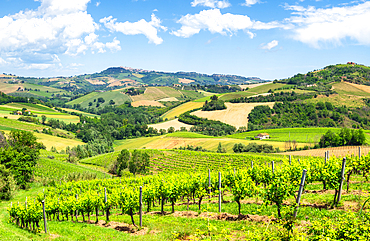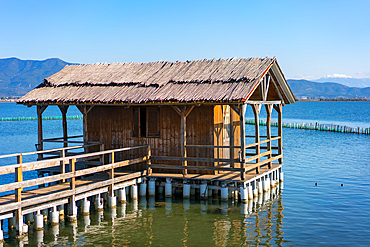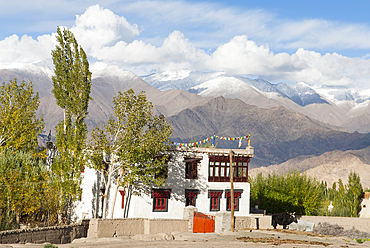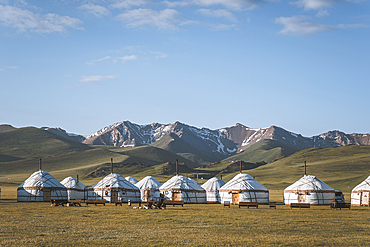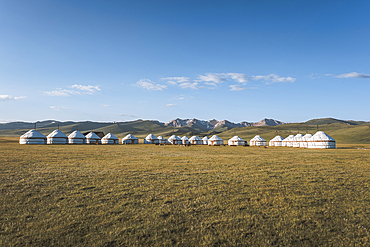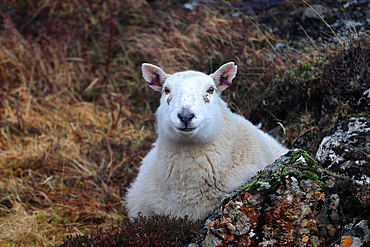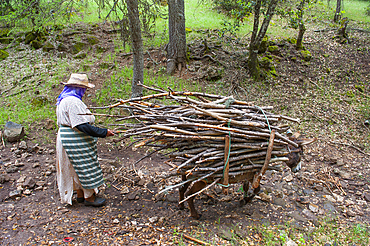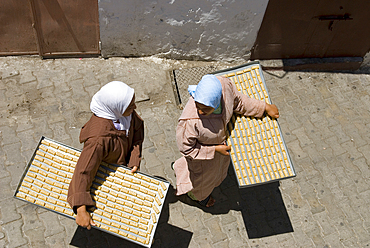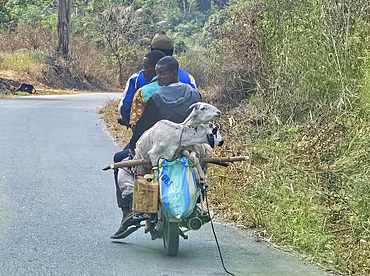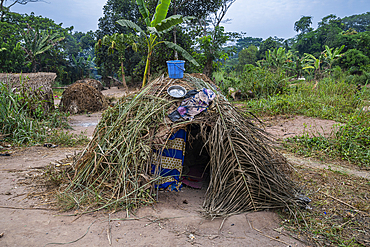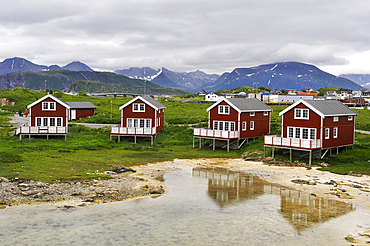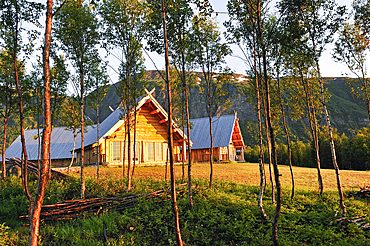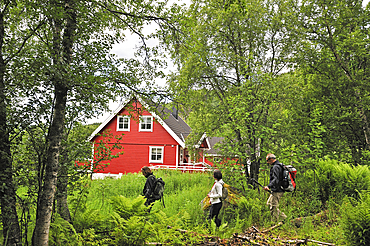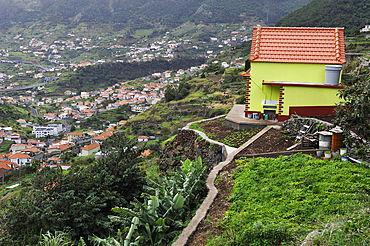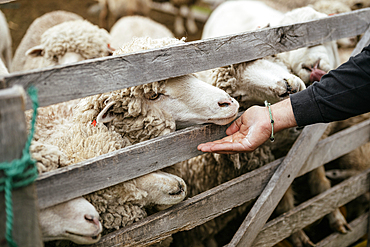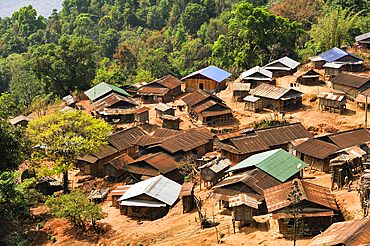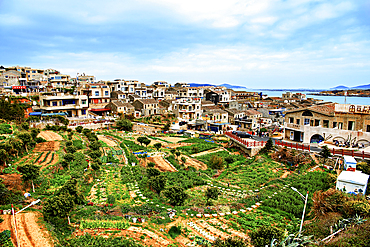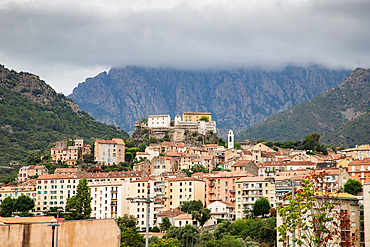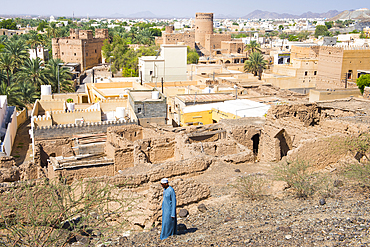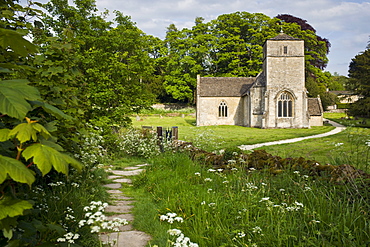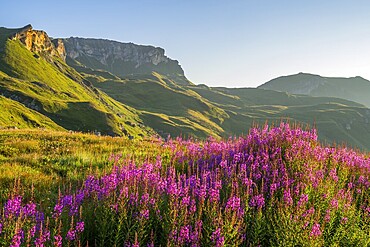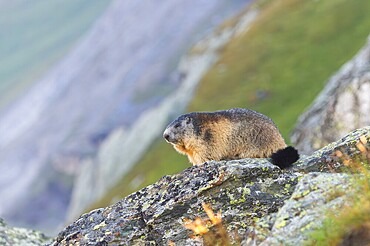Results
95 results found
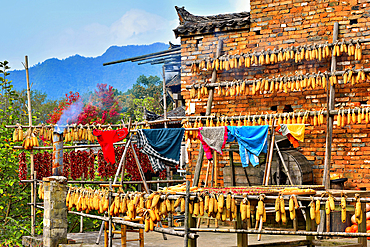
Corn, chillies and laundry drying, Huangling, ancient village dating back to the Ming Dynasty, Wuyuan County, Shangrao City, Jiangxi Province, China
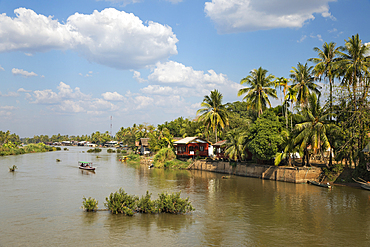
Khon village on Don Khon island on the Mekong River in the Four Thousand Island archipelago, Champasak Province, Laos
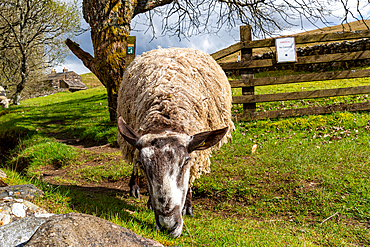
Sheep grazing in a lush green pasture with trees and a wooden fence in the background, showcasing rural farm life, North Yorkshire, England, United Kingdom, Europe

Main market road of rural Alpine village with traditional architecture, Alagna Valsesia, UNESCO World Heritage Site, Vercelli Province, Piedmont, Italian Alps, Italy, Europe
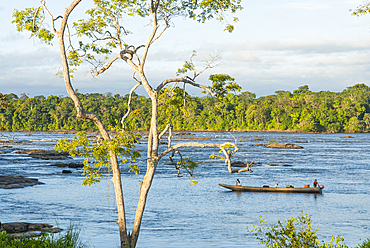
View from Surapire, Amerindian village on Caura river bank, Bolivarian Republic of Venezuela, South America
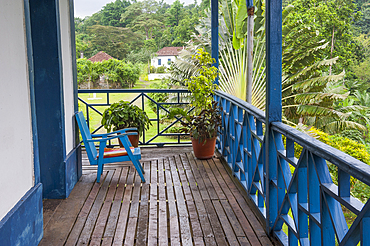
Roca San Joao, village of Sao Joao Dos Angolares, Sao Tome Island, Republic of Sao Tome and Principe, Africa
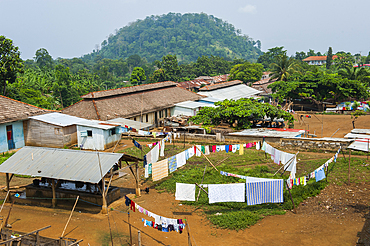
Former plantation Agostinho Neto, village of the northern part of Sao Tome Island, Republic of Sao Tome and Principe, Africa

Line of white yurts in a curved pattern on grassy plain, viewed from above, near Song Kol Lake, Kyrgyzstan

Inside a traditional house, Luca Ioan and Elena guesthouse, village of Sibiel, department of Sibiu, Transylvania, Romania
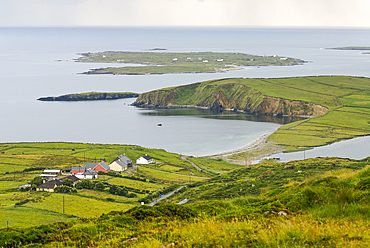
Atlantic coast seen from the Sky Drive around Clifden, Connemara, County Galway, Connacht, Republic of Ireland
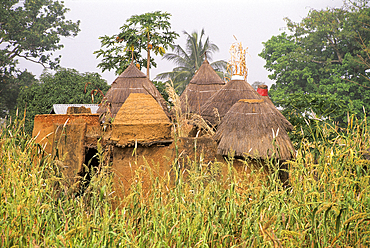
Fortified house, known as Tata Somba ('Somba house') in a Tammari (also known as Batammariba, Tamberma, Somba, Otamari) village, Atakora department, Benin, Gulf of Guinea, West Africa

Fortified house, known as Tata Somba ('Somba house') in a Tammari (also known as Batammariba, Tamberma, Somba, Otamari) village, Atakora department, Benin, Gulf of Guinea, West Africa

Taneka (or Tanewa, Tangba, Tongba) village, near Djougou, Donga department , Benin, Gulf of Guinea, West Africa

Traditional dressed Evenki hunter with snow shoes before a traditional Evenki Yurt in Tura, Krasnoyarsk Krai, Evenki state, Russia

Traditional dressed Evenki hunter with snow shoes before a traditional Evenki Yurt in Tura, Krasnoyarsk Krai, Evenki state, Russia

Traditional dressed Evenki hunter with snow shoes before a traditional Evenki Yurt in Tura, Krasnoyarsk Krai, Evenki state, Russia

Vegetable garden, Agritourism farm Unterhaspahof, Montguelfo-Tesido, South Tyrol (Alto Adige), Italy
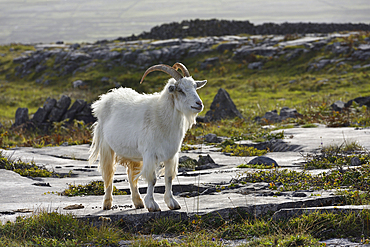
Feral goat, Inishmore, largest of the Aran Islands, Galway Bay, County Galway, Connacht, Republic of Ireland
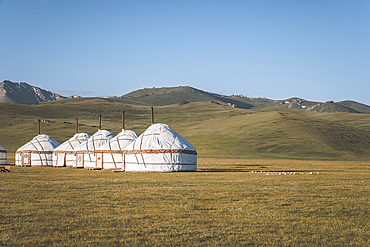
Traditional yurts are set against the backdrop of the majestic Song Kol area grasslands during a serene daytime.
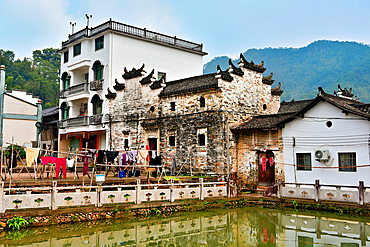
Newer and ancient houses in picturesque Guodong Ancient Village, Wuyi County, Jinhua City, Zhejiang Province, China
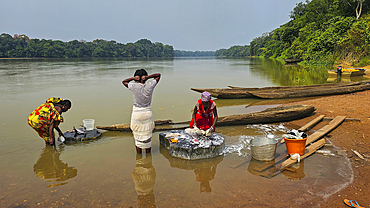
Women washing by hand in the Sangha River, Dzanga Sangha National Park, UNESCO, Central African Republic
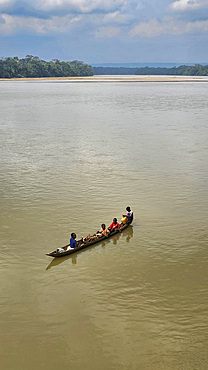
Locals in a canoe on the Sangha river, Dzanga Sangha National Park, UNESCO, Central African Republic
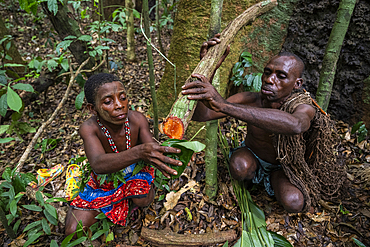
Pygmy woman extracting water from a tree branch, Dzanga Sangha National Park, UNESCO, Central African Republic
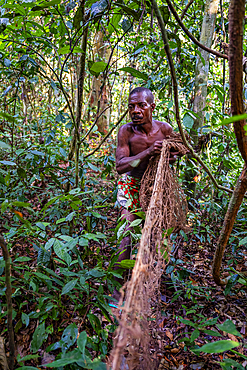
Pygmy man preparing the net for net hunting, Dzanga Sangha National Park, UNESCO, Central African Republic
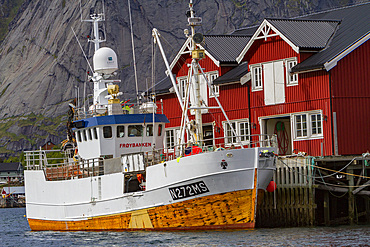
Late evening light on the picturesque Norwegian fishing town of Reine in the Lofoten Island Group, Norway

Villagers chilling outside a house in Shanxiabao village, 800 years old, Wuyi County, Jinhua City, Zhejiang Province, China
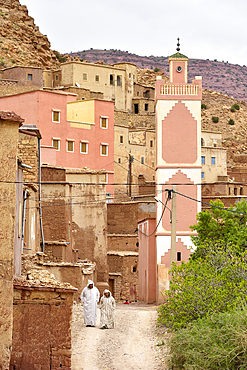
Hamlet near Tighza in the Ounila River valley, Ouarzazate Province, region of Draa-Tafilalet, Morocco
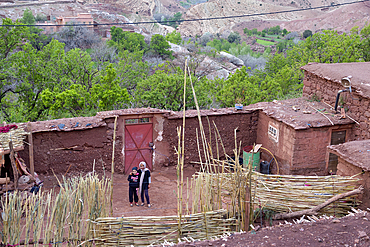
Children playing in the village of Tighza, Ounila River valley, Ouarzazate Province, region of Draa-Tafilalet, Morocco

Sausages air dried at Zhuge Bagua village, 600 years old, Bagua layout, Lanxi County, Jinhua, Zhejiang Province, China
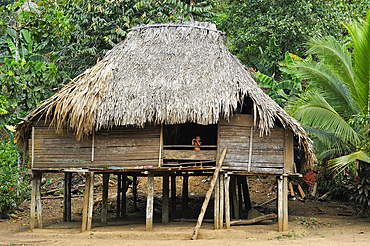
Thatched house in a village of Embera native community living by the Chagres River within the Chagres National Park, Republic of Panama, Central America

Dishes of fish wrapped in leaves, Embera native community living by the Chagres River within the Chagres National Park, Republic of Panama, Central America
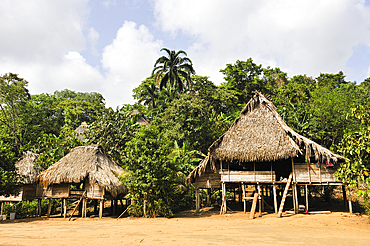
Thatched houses in a village of Embera native community living by the Chagres River within the Chagres National Park, Republic of Panama, Central America
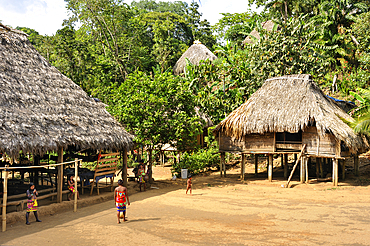
Thatched houses in a village of Embera native community living by the Chagres River within the Chagres National Park, Republic of Panama, Central America
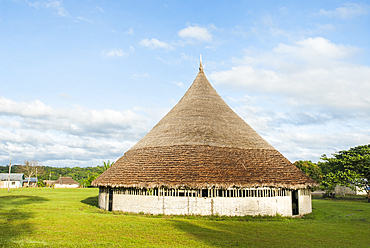
Common house of Surapire, Amerindian village on Caura river bank, Bolivarian Republic of Venezuela, South America
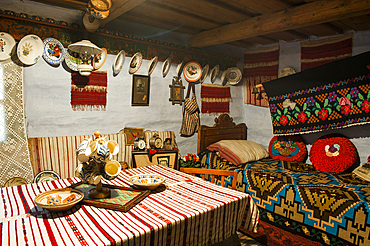
Inside a traditional house, Luca Ioan and Elena guesthouse, village of Sibiel, department of Sibiu, Transylvania, Romania

Woman making weaving warp, from Akha Puli tribe living in village in the mountains surrounding Muang La, Oudomxay Province, northwestern Laos

Woman making weaving warp, from Akha Puli tribe living in village in the mountains surrounding Muang La, Oudomxay Province, northwestern Laos
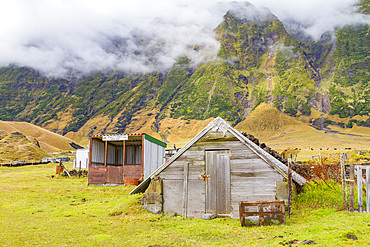
View of the potato patch on Tristan da Cunha, the most remote inhabited location on Earth, Tristan da Cunha, South Atlantic Ocean

Dugout canoes among water hyacinth (Eichhornia crassipes) in a canal of backwaters, Kumarakom, Kerala state, South India, Asia
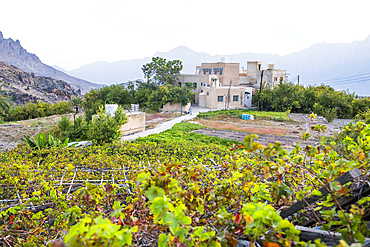
Wakan village, Western Hajar Mountains, border South Batinah Governorate and Al Dakhiliyah Governorates, Sultanate of Oman, Arabian Peninsula

Irrigation canal, Falaj irrigation system (Falaj Al-Khatmeen), UNESCO, palm grove, Birkat Al Mouz, Al Dakhliya region, Jebel Akhdar foothills, Oman
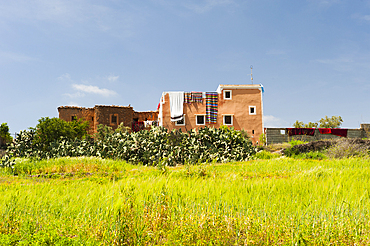
A remote house in landscape around Ait Baha, Chtouka Ait Baha Province, Souss-Massa-Draa region, Morocco
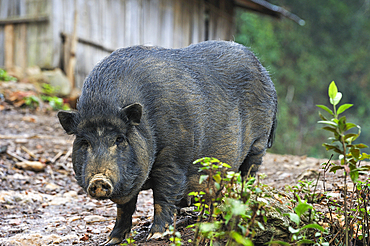
Sow in an Akha tribe village in the mountains surrounding Muang La, Oudomxay Province, northwestern Laos
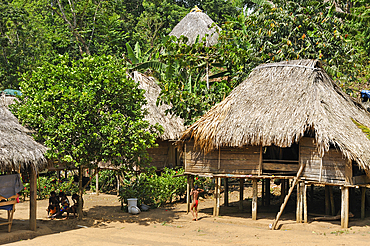
Thatched houses in a village of Embera native community living by the Chagres River within the Chagres National Park, Republic of Panama, Central America
